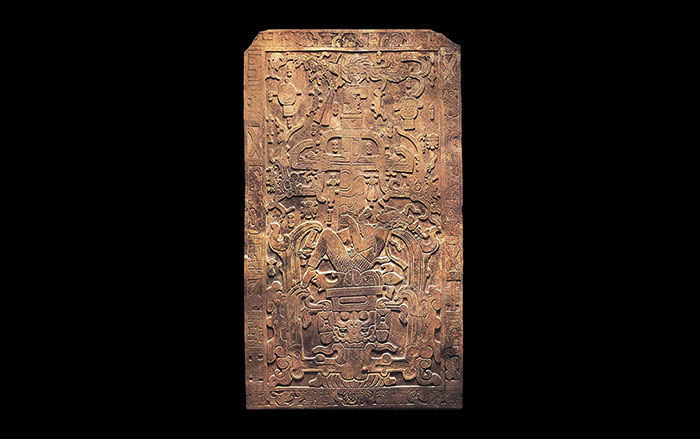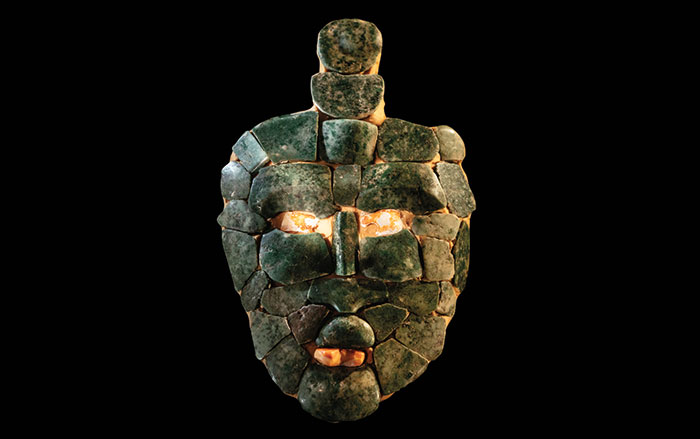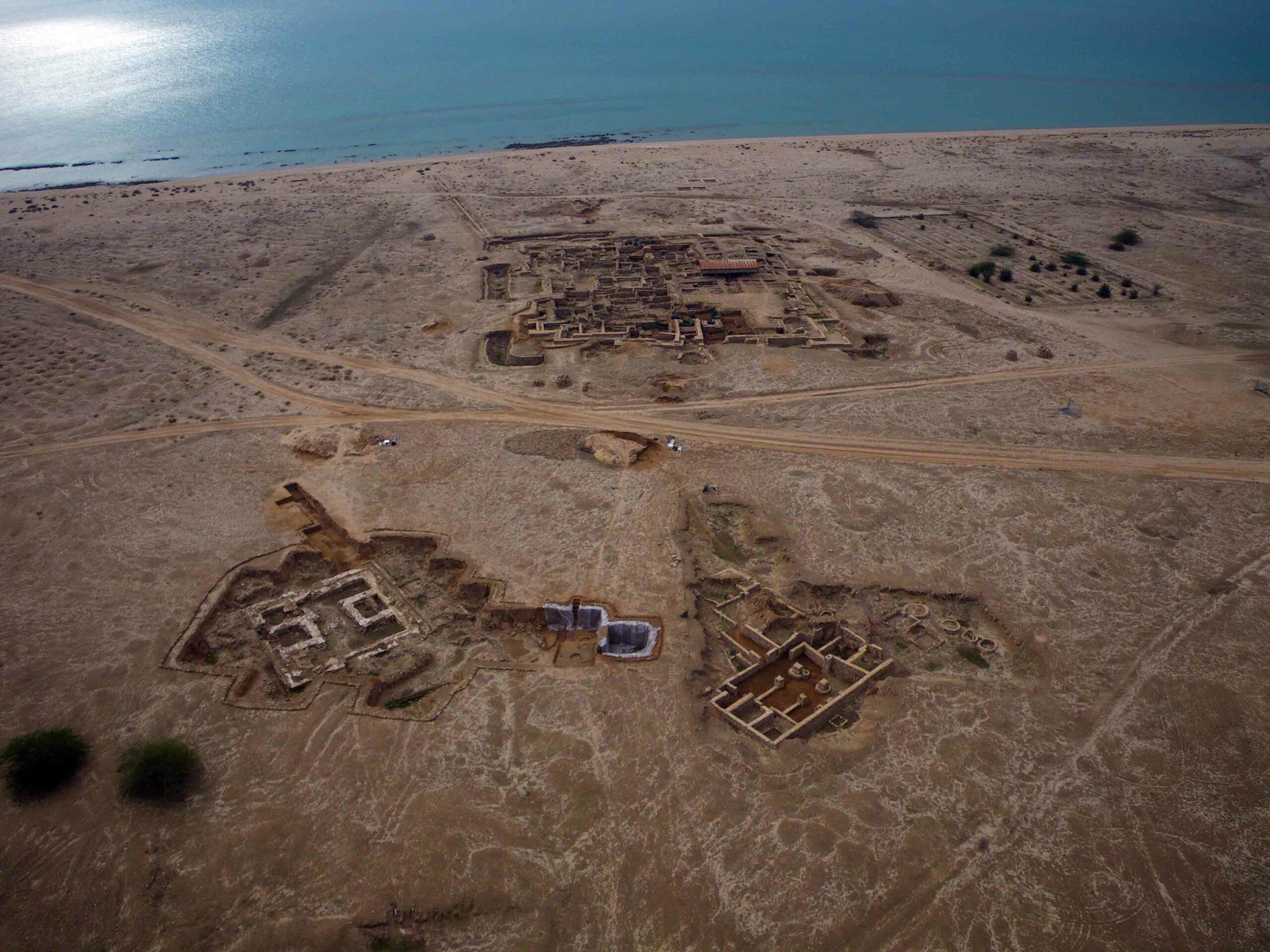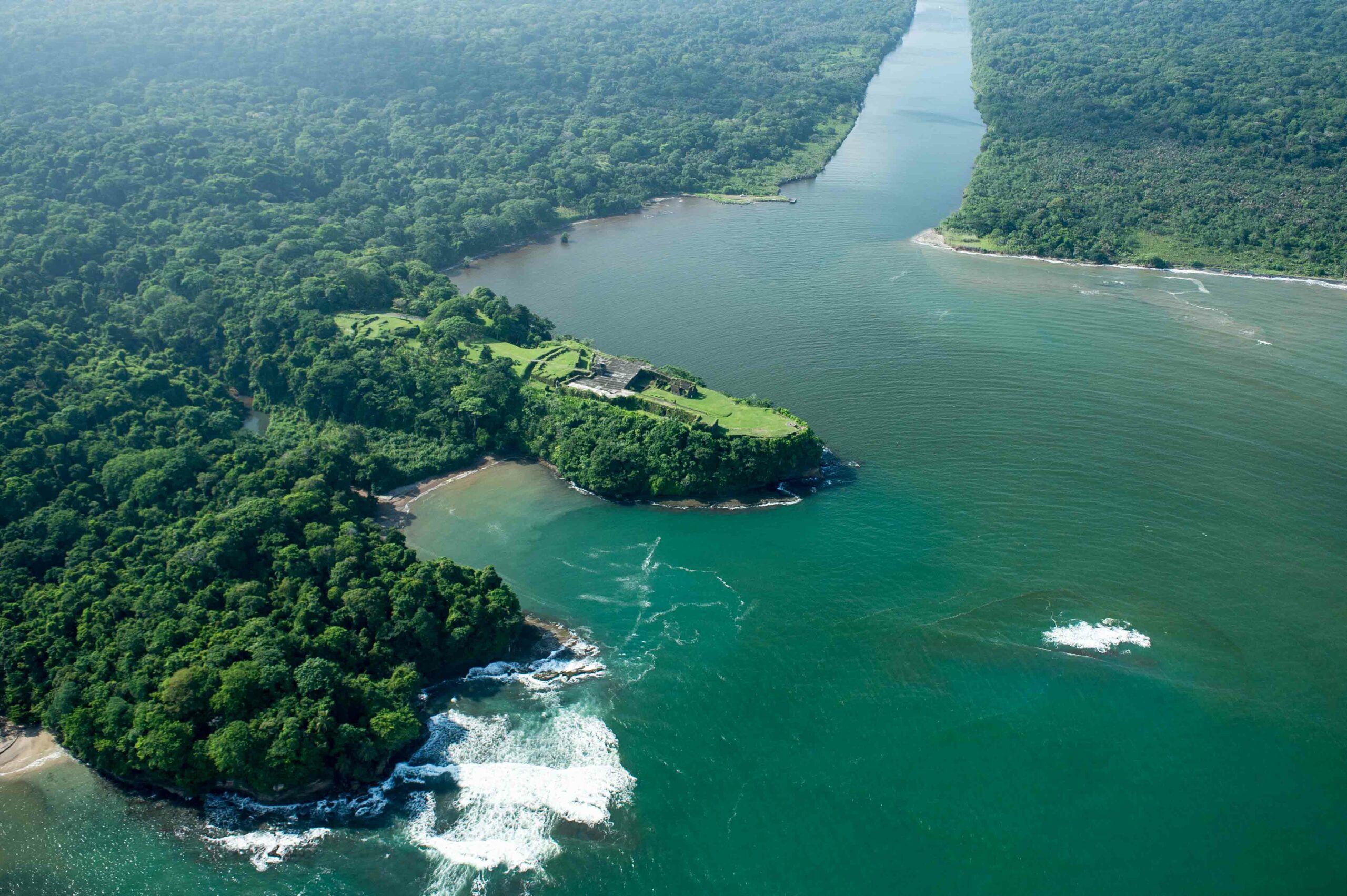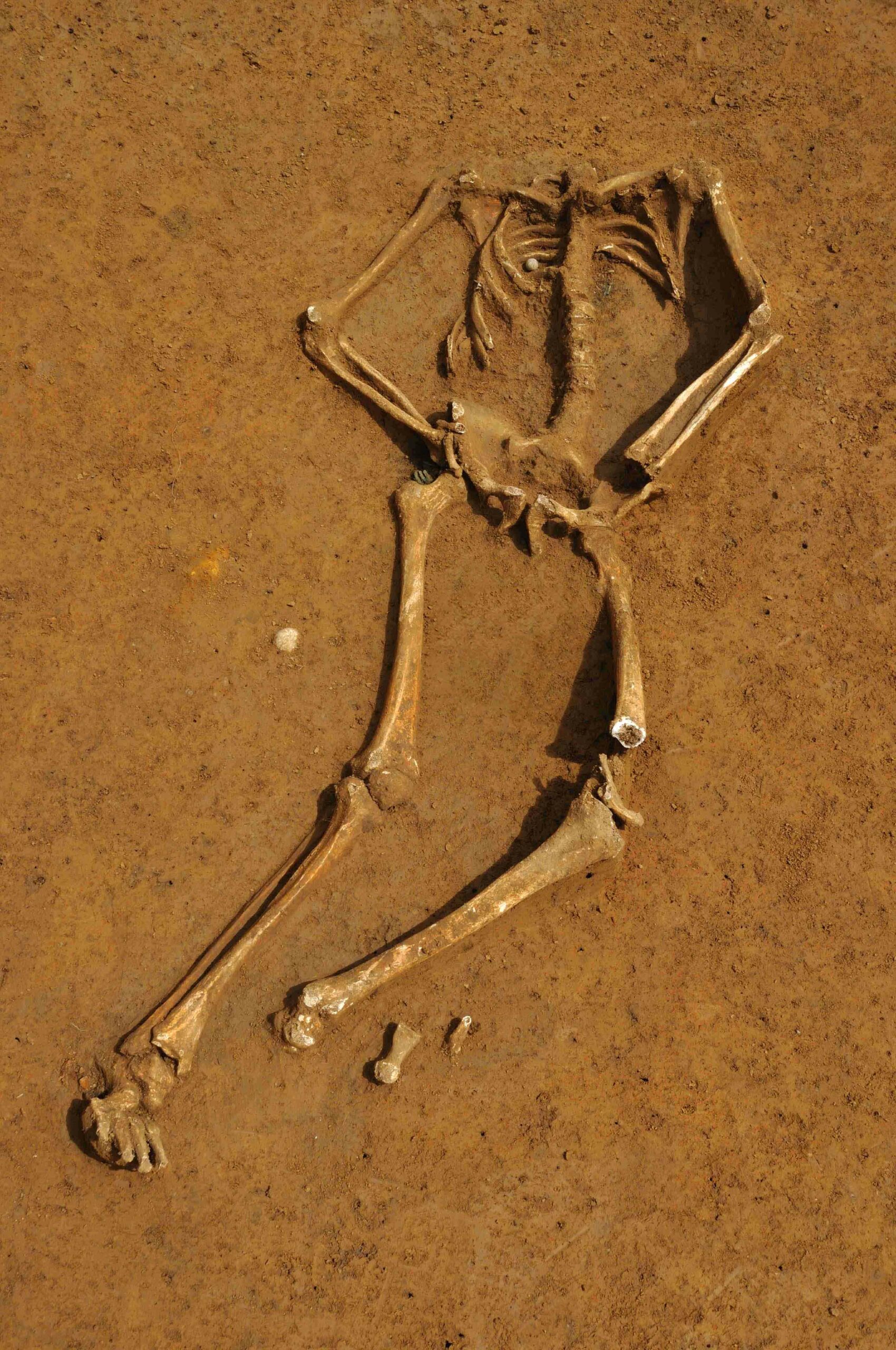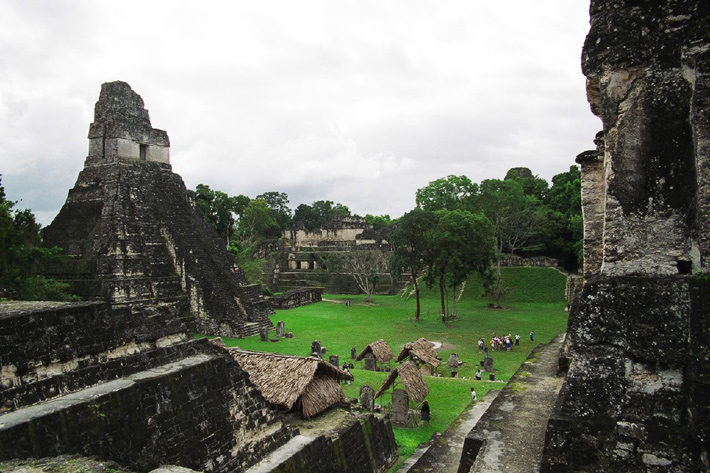
Archaeologists have wondered for decades how the ancient Maya, who maintained large cities in hilly territory covered with rain forest and thin soil, were able to produce enough food to support their numbers. “That’s the Maya mystery,” says Richard Terry, a Brigham Young University soil scientist whose work explores the agricultural methods of the civilization. In an excavation at Tikal, Guatemala, once a Maya settlement of some 60,000 people, Terry’s interdisciplinary team is constructing a map of where and when the 115-square-mile site was planted with corn, one of the Maya’s staple crops. Corn leaves distinctive traces in the soil, which the team revealed using mass spectrometry. Understanding how the Maya made use of the land could reveal how they fed their large populations and whether agricultural shortfalls hastened the decline of the civilization.
The findings, published in the Soil Science Society of America Journal, show evidence that the Maya planted corn in lowland areas where there was more soil, and that agriculture gradually spread up-slope to thinner soils, where erosion eventually undermined productivity. The next question, says Terry, is whether the Maya developed the capability to cultivate corn in the low-lying wetlands, or bajos, that ring the site. If the Maya did possess a “lost technology” for growing corn in swampy conditions, the Maya crop mystery could constitute a new puzzle, as well as, perhaps, prove useful to modern agriculture.



